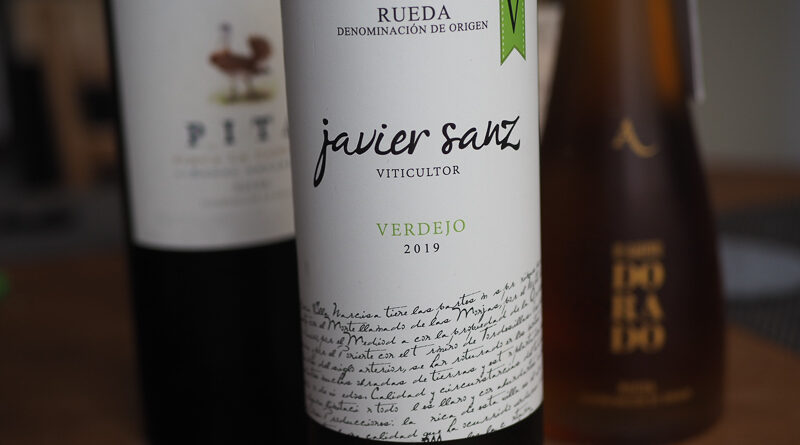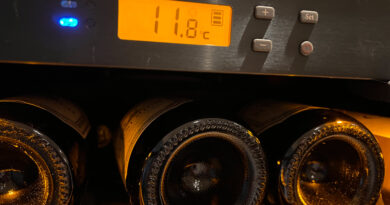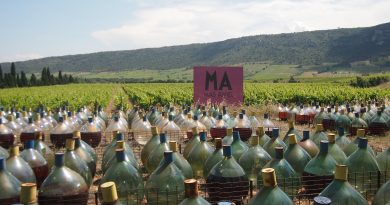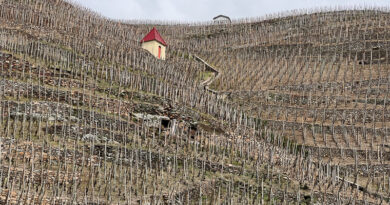A Rueda study: exploring this important Spanish white wine region
Rueda is unusual in Spain for being a white wine region. It’s also unusual in that it’s almost, but not quite, a story of just one grape variety: Verdejo. Of the 18 000 hectares of vines here, 97% of the surface is planted to white grapes, and of that 93% is Verdejo.
But the impact of the 3% of red grapes is further diminished by observation that 99% of sales from the region are white wines. Most of this region’s wine is sold in Spain, with just 17% exported.
Rueda is in Castilla y León, in the northwest of Spain, and the secret here is altitude and soils. The vineyards are at 700-800 m altitude, and the climate is continental, with cold winters and hot dry summers. The soils are stony – mostly river pebbles – and have low vigour, good drainage and high calcium and magnesium content.
I chatted with Santiago Mora, who is in charge of the DO Rueda official body, to find out more about the region, and tasted five wines that represent some of the different styles of Verdejo here.
He explained that Rueda represents 40% of quality white wine on the Spanish market. ‘It’s the wine everyone wants to have in their portfolio,’ he says. While people in Spain are drinking less wine these days (in the past consumption levels were very high), Rueda is doing well. ‘White wine consumption is increasing a bit,’ he says. This is a country strong in reds, and just 27% of production is white. Rueda is the main white wine region and has 11% of the total market share. People are opening up to the idea that the region doesn’t just make fresh, young whites, but also aged wines, and wines vinified in concrete and oak.
The real strength of the region is its key grape variety. ‘Verdejo is a hero in Spain,’ says Mora. It can be used to elaborate different wines in different styles, and wineries are beginning to explore these.’ He says that there is 1000 years of experience with Verdejo in the region.
While it has history, Rueda has been open to change. Sauvignon was added as a new variety a few decades back, and now Viognier and Chardonnay are permitted. In addition, the 74 villages can now add their names to the labels. And in 2020, there was a new classification: Gran Vino de Rueda. To qualify, wines need vine age of 30+ years and maximum yield of 6.5 tons/ha, with a juice yield of no more than 650 litres/ton. ‘This is giving more value to the growers working hard with these vines,’ says Mora. ‘We have to protect the vineyards.’ Some of them giving low yields of 2-3 tons/ha, so growers need to be paid more or they’ll just replant.
One historical aspect of Rueda winemaking is enjoying a bit of a comeback: fortified wines. ‘Five centuries ago these were the most important wines from the region,’ sasys Mora. ‘The market is small for these kinds of wines, but you can’t lose these traditions in trying to adapt to different trends.’ He says that the revival of these wines is incredible, especially in the UK.
THE WINES
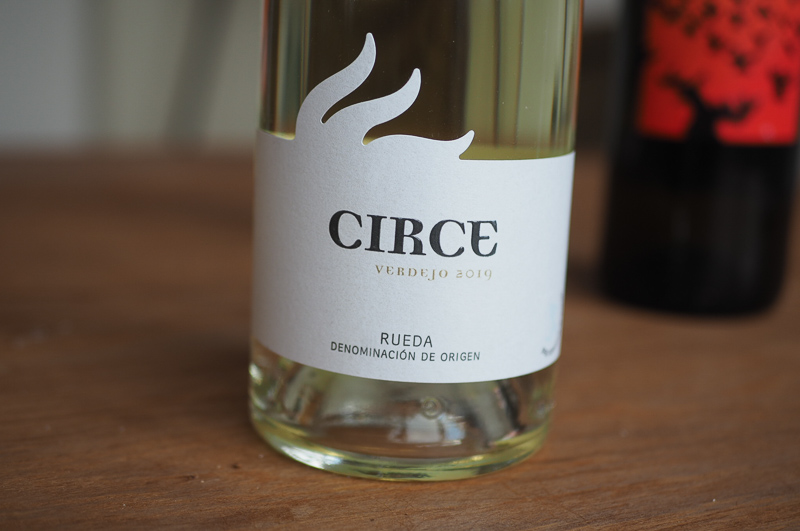
Avelino Vegas Circe Verdejo 2019 Rueda, Spain
13% alcohol. Avelino Vegas is a big producer in the region with 600 hectares of vineyards, but this comes from old vines (centenarian) in the south of the region, near Segovia. Hand harvested grapes, given a bit of cold maceration, then fermented at low temperature (12 C), and is aged on lees. It has a lovely bright, primary nose of pear drops and citrus. On the palate it really shows its mettle with a powerful mid-palate of lively citrus and peach fruit with hints of pineapple and mandarin, showing a long lemony finish. Very lively and expressive with a lot of fruit intensity. 90/100
Eresma Verdejo 2019 Rueda, Spain
13% alcohol. From 40 year old vines, this was cold-macerated and then after settling was fermented at low temperature (12-14 C) and aged on fine lees for four months. It’s fresh, linear and very pure with good acidity and a pithy grapefruit flourish on the finish. This is all about clean, pure fresh fruit supported by good acidity. Precise and detailed with laser-sharp focus. 90/100
Javier Sanz Verdejo 2019 Rueda, Spain
This comes from La Seca, a region in the heart of Rueda. 40-80 year old bush vines, a bit of skin contact after crushing, and then fermentation at low temperature (15 C) to preserve the aromatics. Production is 500 000 bottles. This is beautifully aromatic with taut lemon and grapefruit, as well as some passionfruit. The palate is fine and delicate with lovely pure fruit the focus. It’s a crisp dry white wine that’s quite modern, but which ahs personality. 89/100
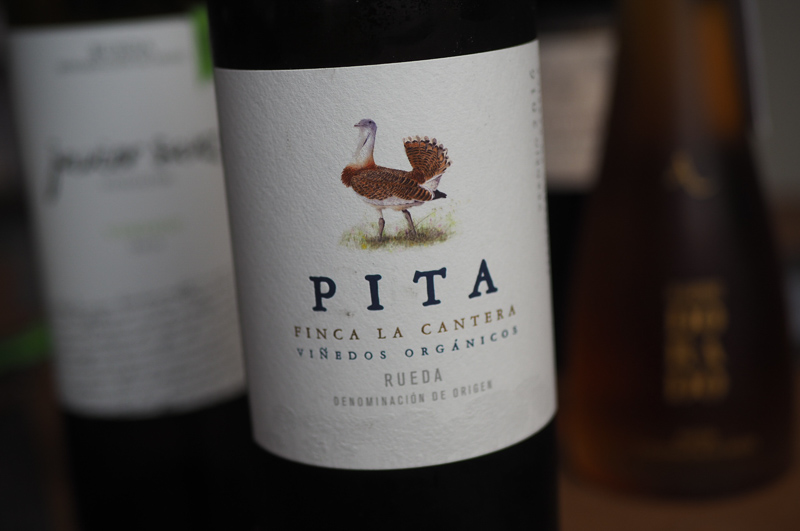
Pita Finca La Cantera Viñedos Organicos Verdejo Fermentado en Barrica 2016 Rueda, Spain
13% alcohol. From Verdejo grown on sand and pebbles over clay, this is fermented in 300 litre barrels, where it stays for 8 months. It’s a complex, taut wine with notes of hazelnut and spice, as well as concentrated citrus and pear fruit. Good acidity frames things nicely. This is a serious, food-friendly dry white with great balance. There’s oak here, but it marries really well with Verdejo. 92/100
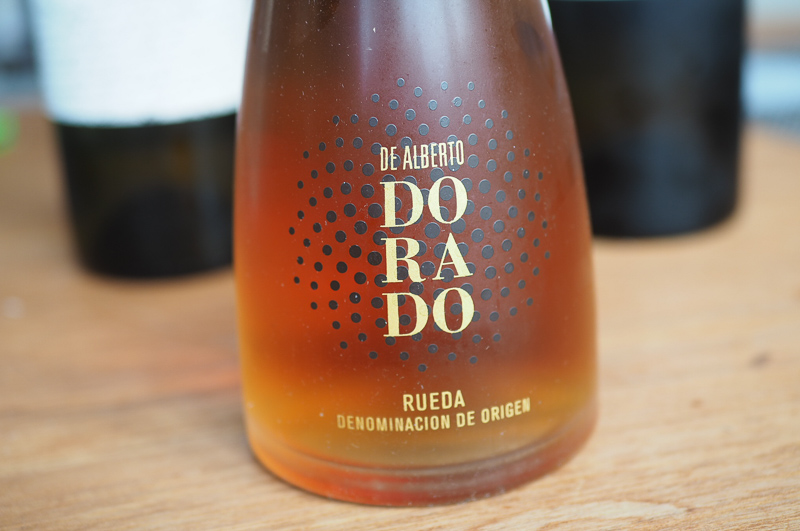
De Alberto Dorado NV Rueda, Spain
17.5% alcohol. This is interesting. It’s a fortified Verdejo made in an oxidative style, spending time in 16 litre glass demijohns and then in Sherry barrels (in a solera). Beautifully packaged in a tapered bottle sealed with a VinoLok (glass stopper), it’s an amazing complex dry style with rasins, old furniture, dried herbs and marmalade on the nose. The palate is complex and enticing, with citrus peel, honey, old wood, spice and some saline notes. It’s utterly compelling. There’s a bit of raisiny sweetness on the palate, but overall it’s quite dry, and has masses of complexity. A little like an aged amontillado in style. 94/100
Find these wines with wine-searcher.com

